Legal Options for Victims of Catastrophic Injuries: Beyond Personal Injury Claims
Catastrophic injuries resulting from motor vehicle accidents can be life-altering, leaving victims facing immense physical, emotional, and financial challenges. While personal injury claims are often the first legal avenue pursued to seek compensation, they are not the only option available to victims. In certain cases, alternative legal strategies may offer additional or even more appropriate pathways to justice. This post will explore alternative legal avenues for compensation, such as product liability claims and third-party lawsuits, that victims of catastrophic injuries should consider.
Understanding Catastrophic Injuries
Before diving into the alternative legal options, it’s important to understand what constitutes a catastrophic injury. These are injuries that significantly impair a person’s ability to live a normal life. They often include severe spinal cord injuries, traumatic brain injuries, amputations, severe burns, and multiple fractures. The consequences of such injuries typically extend far beyond immediate medical treatment, leading to long-term or permanent disability, ongoing medical care, loss of income, and profound emotional distress.
The Limits of Traditional Personal Injury Claims
Personal injury claims are typically filed against the party directly responsible for causing the accident, such as a negligent driver. These claims seek to recover damages for medical expenses, lost wages, pain and suffering, and other related losses. However, there are scenarios where the at-fault party's insurance coverage is insufficient to fully compensate the victim, or where the negligent driver is uninsured. In these situations, additional legal avenues may be necessary to secure adequate compensation.
Alternative Legal Avenues for Compensation
1. Product Liability Claims: Holding Manufacturers Accountable
In some motor vehicle accidents, the cause of the catastrophic injury may be traced back to a defect in the vehicle itself. This could involve a wide range of issues, such as defective airbags, faulty brakes, tire blowouts, or malfunctioning safety features. In these cases, a product liability claim may be filed against the vehicle manufacturer, parts manufacturer, or any other entity involved in the distribution chain.
Product liability claims can be based on several legal theories:
● Design Defects: Where the vehicle or part is inherently dangerous due to its design, even if manufactured correctly.
● Manufacturing Defects: Where the vehicle or part deviated from its intended design due to errors in the manufacturing process, leading to a dangerous condition.
● Failure to Warn: Where the manufacturer failed to provide adequate warnings or instructions about the risks associated with using the vehicle or its components.
To succeed in a product liability claim, it’s crucial to establish that the defect directly caused or contributed to the catastrophic injury. Expert testimony, accident reconstruction, and detailed investigation are often necessary to build a strong case.
2. Third-Party Lawsuits: Extending Liability Beyond the At-Fault Driver
In certain circumstances, parties other than the driver or vehicle manufacturer may bear responsibility for the accident. These third parties can include:
● Employers: If the at-fault driver was on the job at the time of the accident, the employer may be held liable under the legal doctrine of “vicarious liability.”
● Government Entities: If a hazardous road condition, such as a poorly designed intersection, lack of proper signage, or a failure to maintain roadways, contributed to the accident, a government entity may be sued for negligence.
● Bars or Restaurants: Under dram shop laws, establishments that serve alcohol to visibly intoxicated individuals who then cause accidents may be held liable for resulting injuries.
Third-party lawsuits can be complex and may involve multiple defendants, each with their own defenses. However, they can significantly increase the potential recovery for victims, particularly in cases where the primary defendant’s resources are limited.
3. Uninsured/Underinsured Motorist Claims: A Safety Net for Victims
Even if the at-fault driver is uninsured or underinsured, victims may still have recourse through their own insurance policies. Uninsured/Underinsured Motorist (UM/UIM) coverage provides compensation when the responsible party lacks adequate insurance. This coverage can be a vital resource for catastrophic injury victims who might otherwise be left without sufficient financial recovery.
Conclusion
Catastrophic injuries demand a comprehensive legal strategy that goes beyond the traditional personal injury claim. Victims should be aware of all available avenues for compensation, including product liability claims, third-party lawsuits, and uninsured/underinsured motorist claims. Navigating these legal options requires expertise and diligence, making it essential to consult with an experienced law firm.
At Lee Law Offices, we are dedicated to exploring every possible avenue to secure the compensation you deserve. If you or a loved one has suffered a catastrophic injury in a motor vehicle accident, contact us today to discuss your case and learn how we can help you pursue justice.

